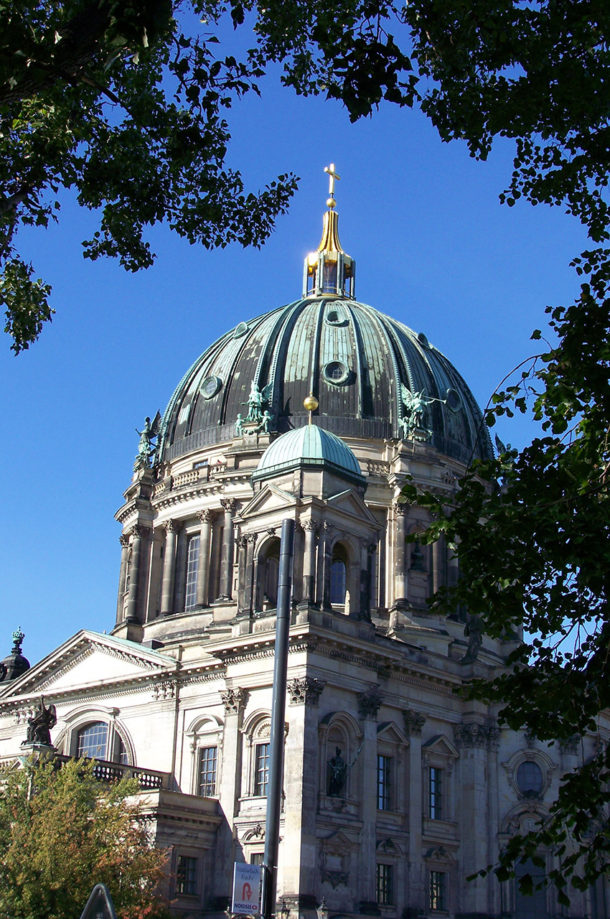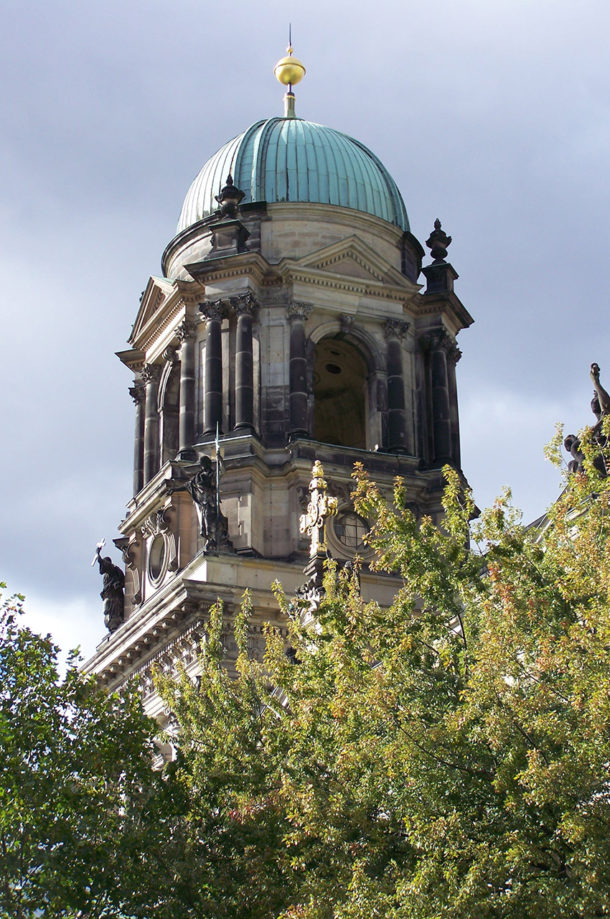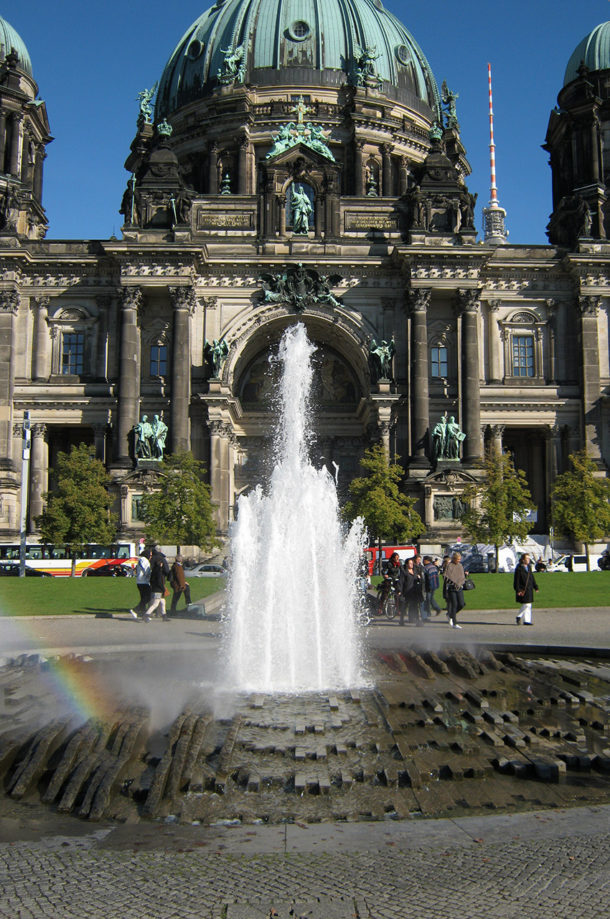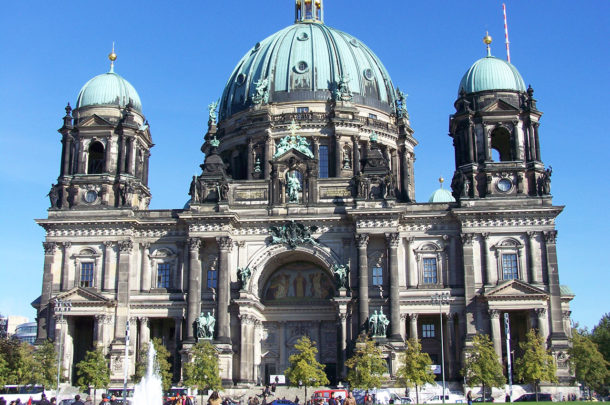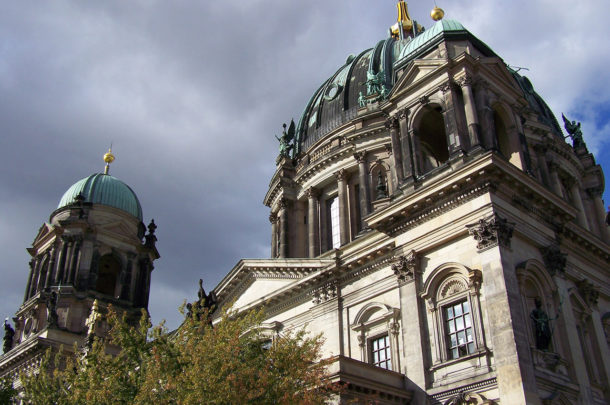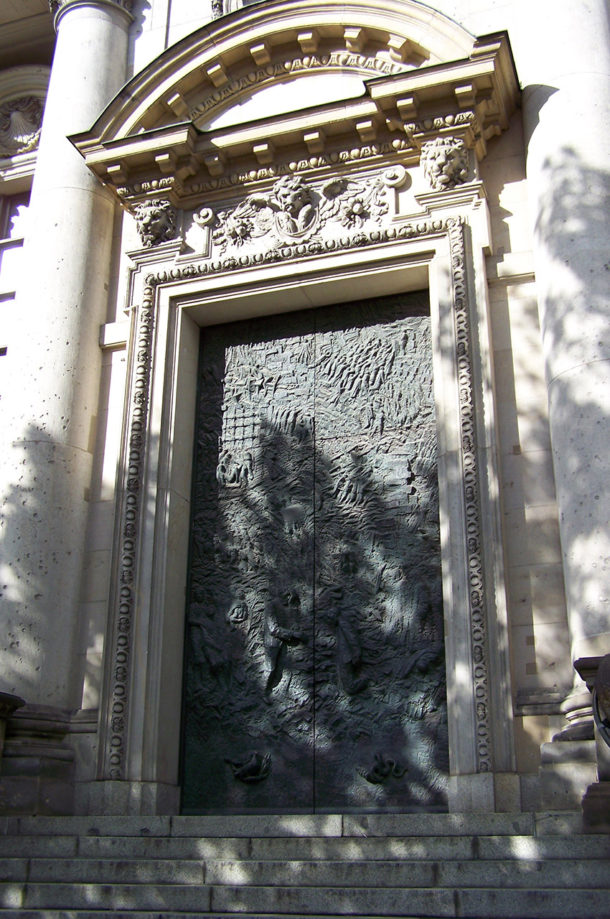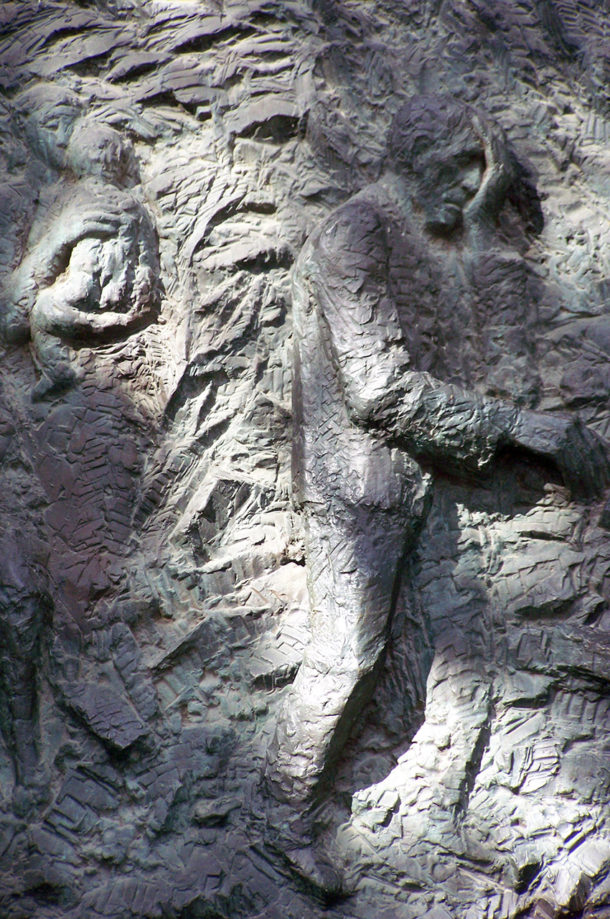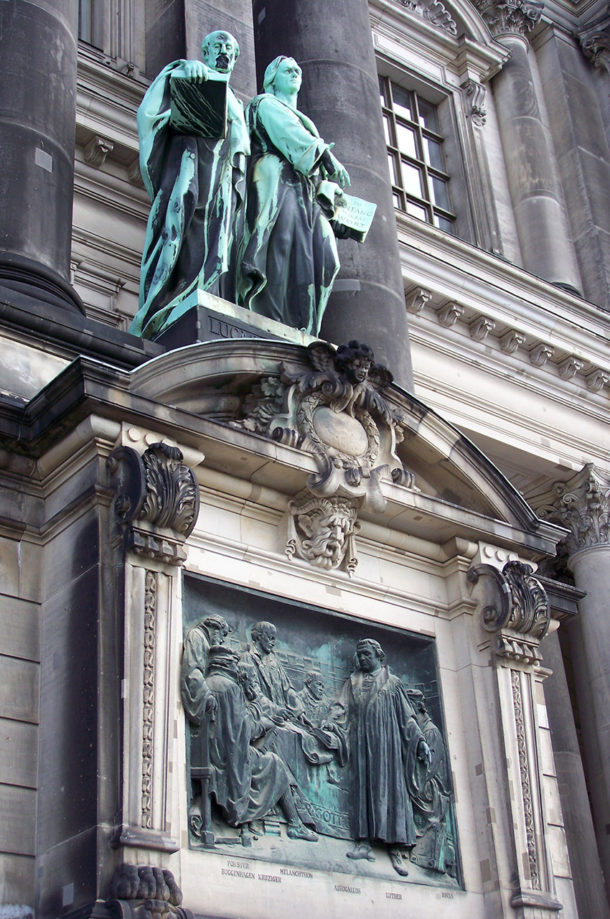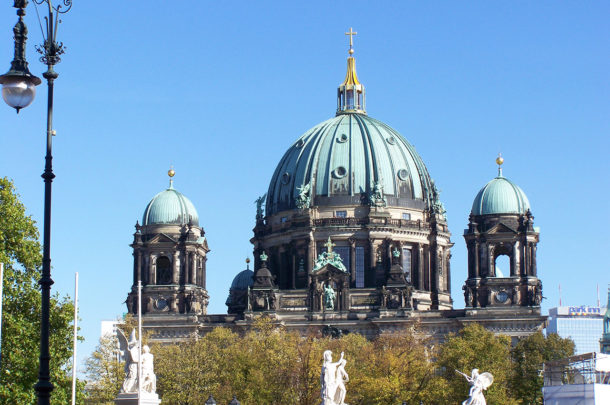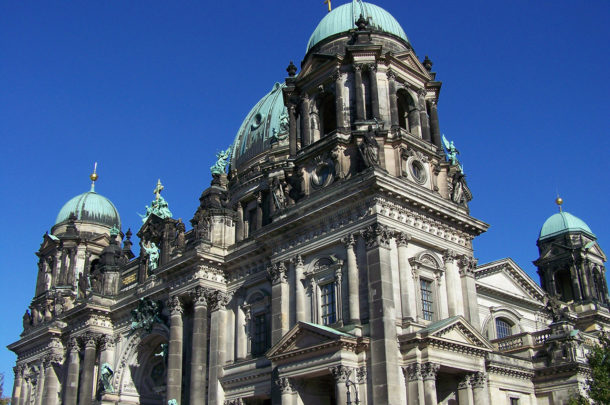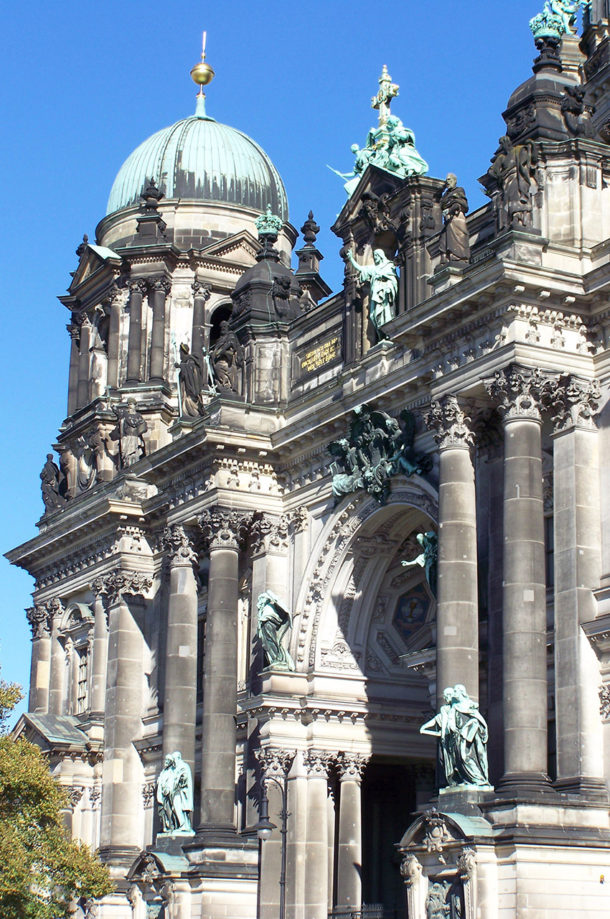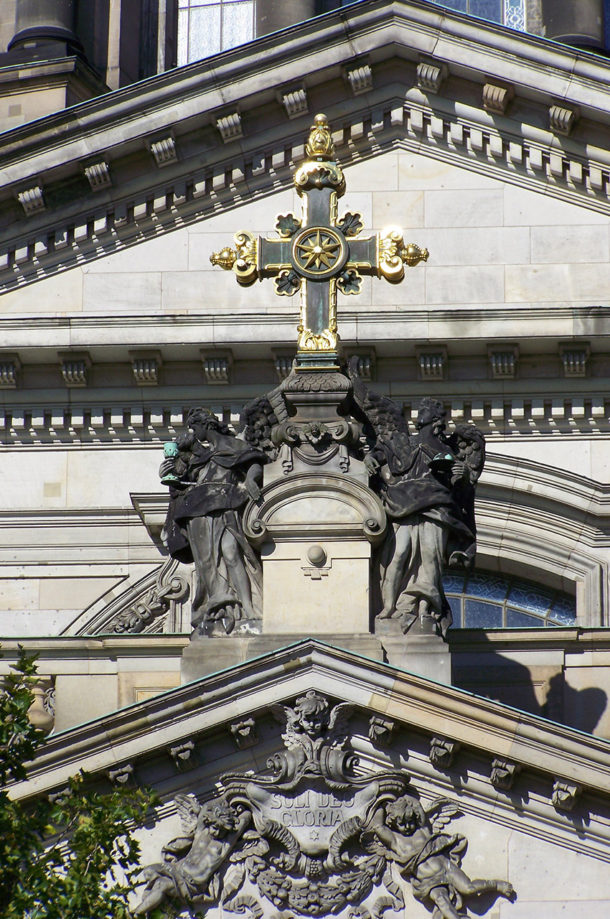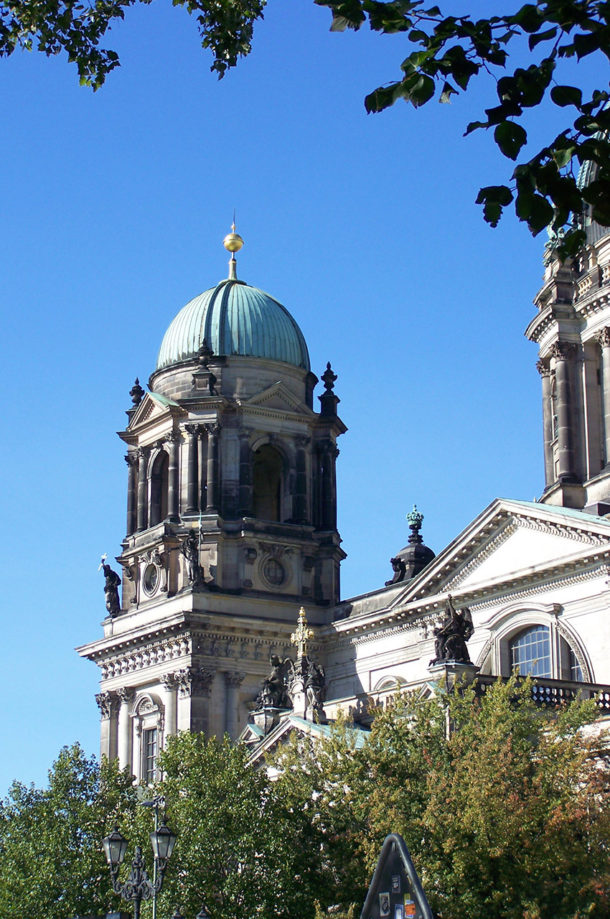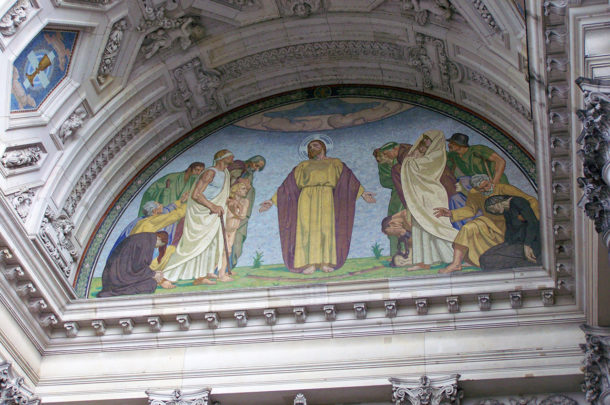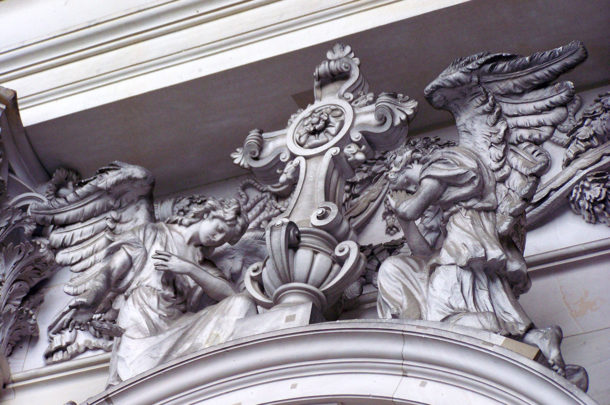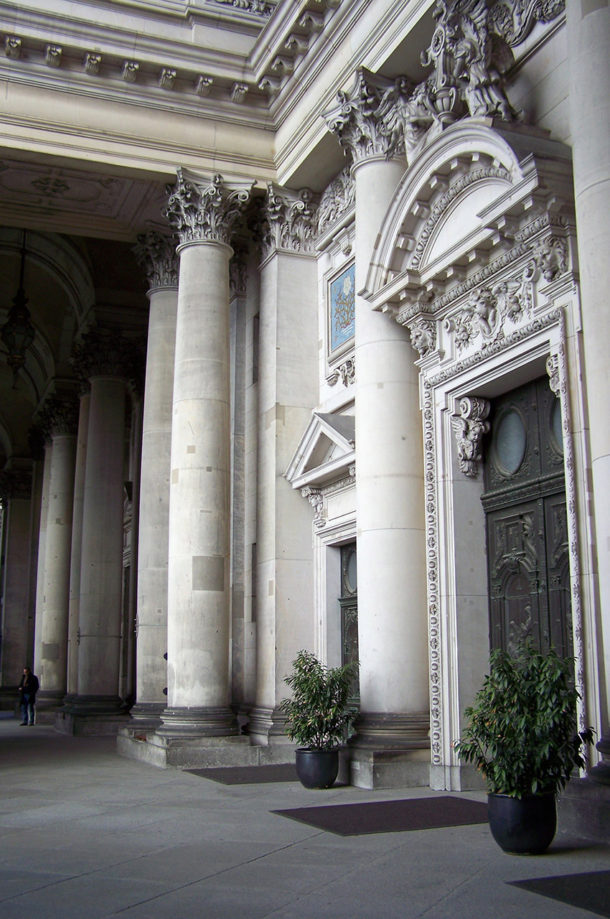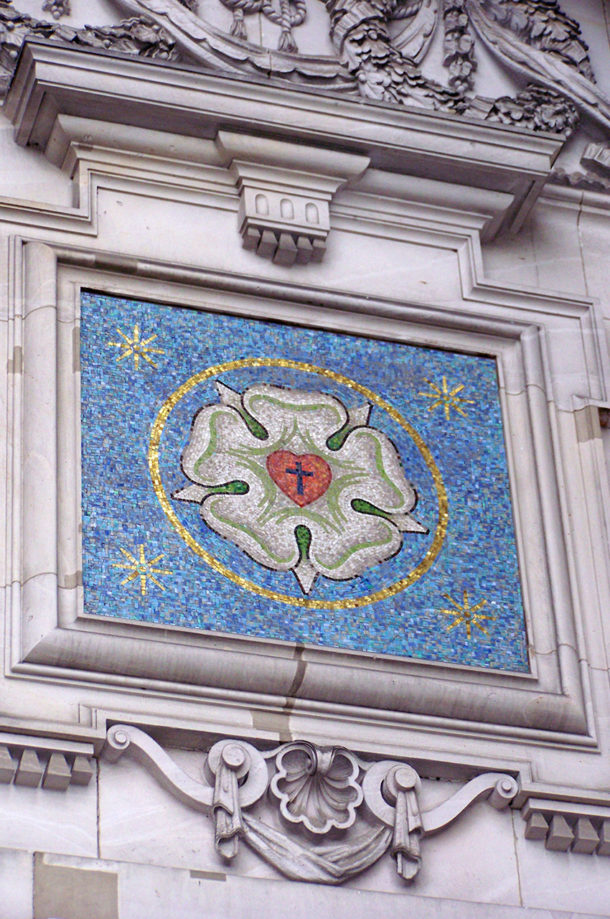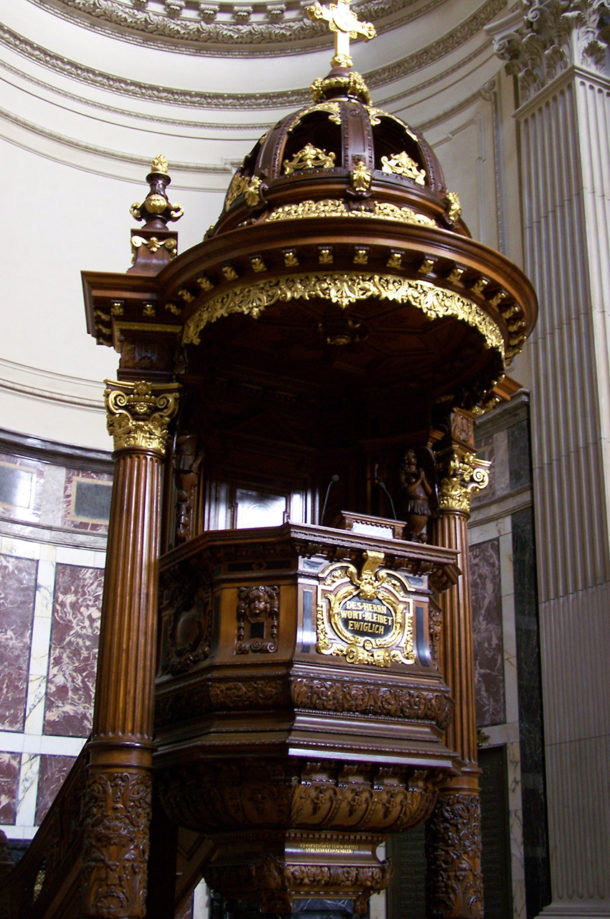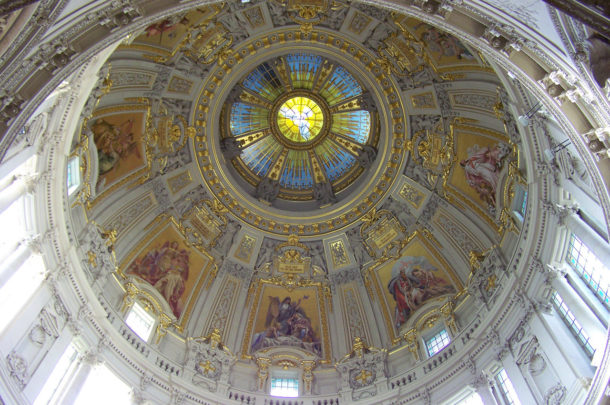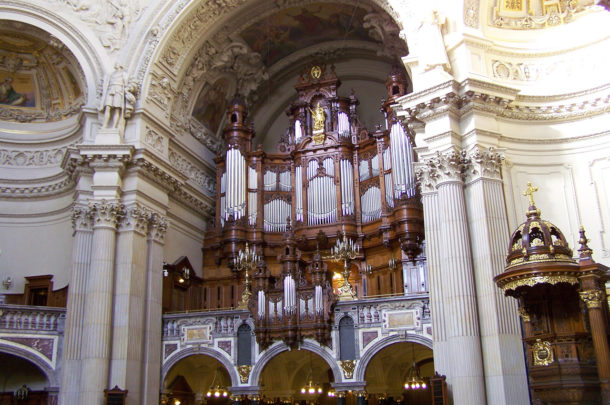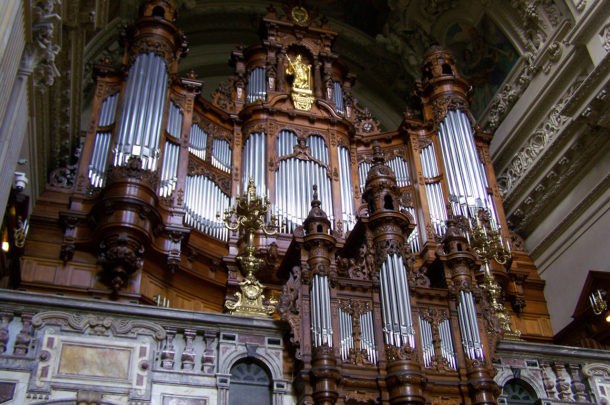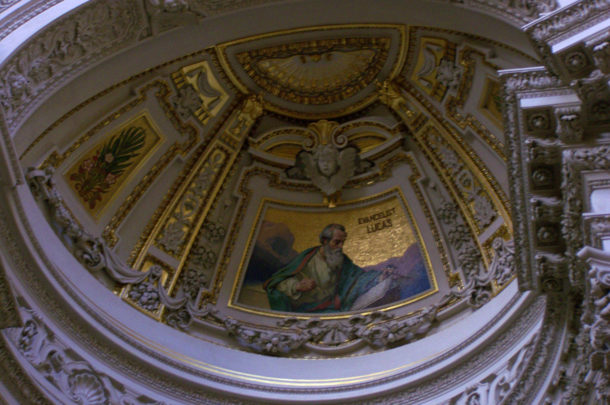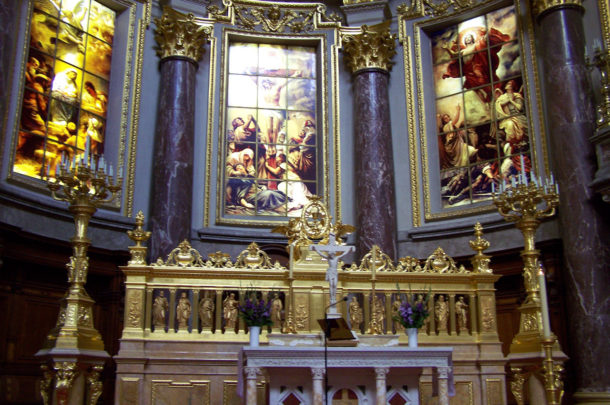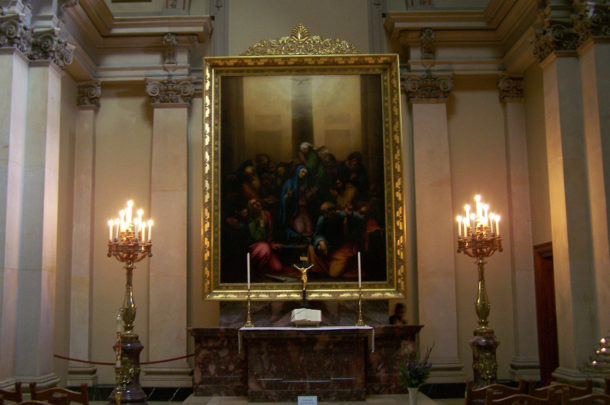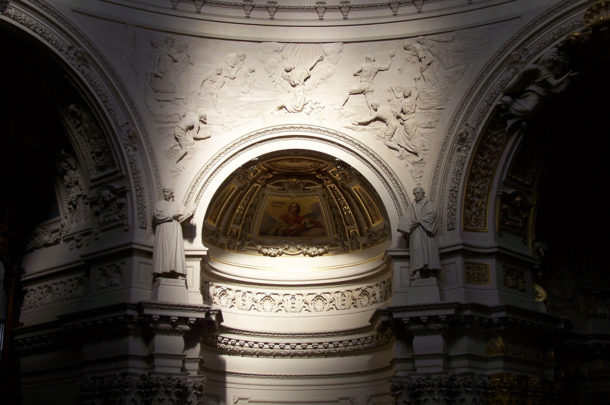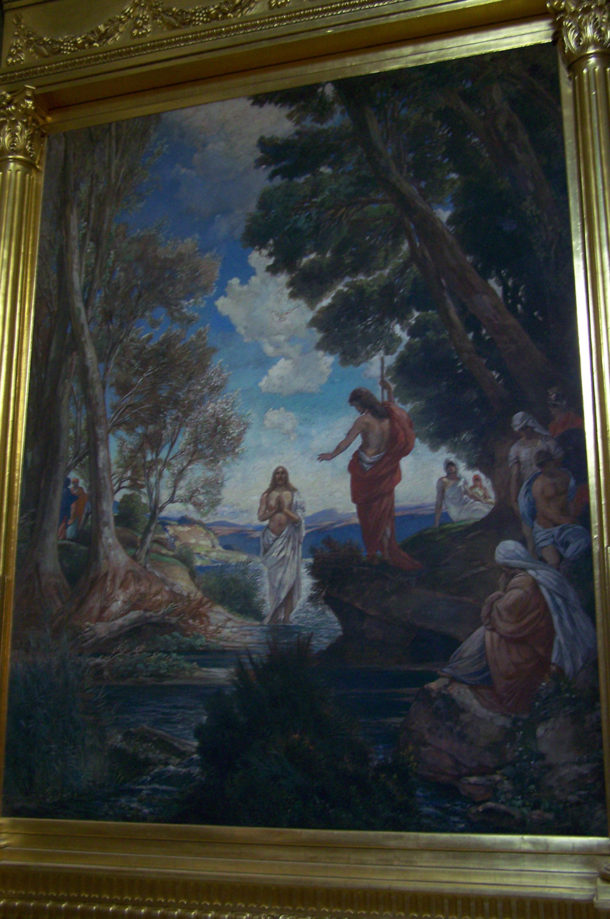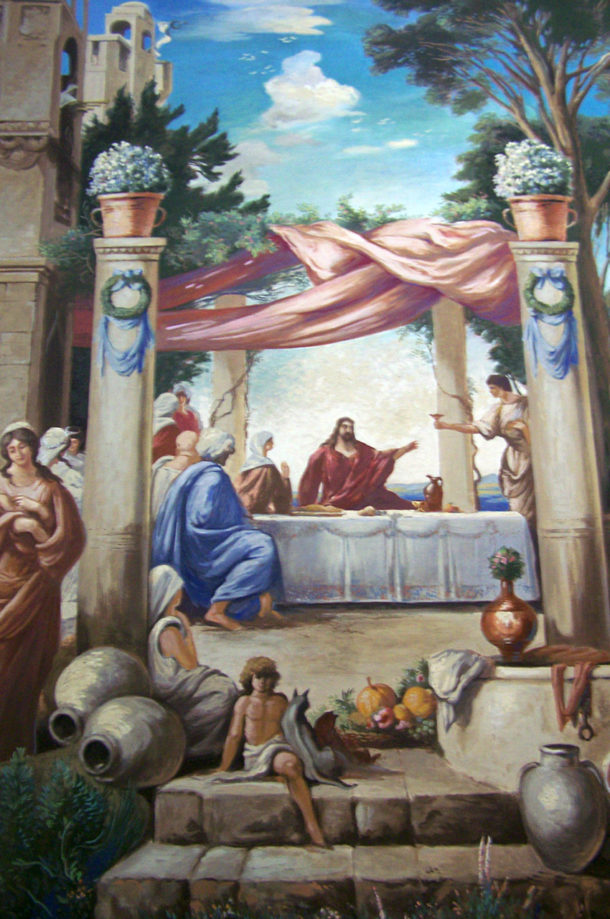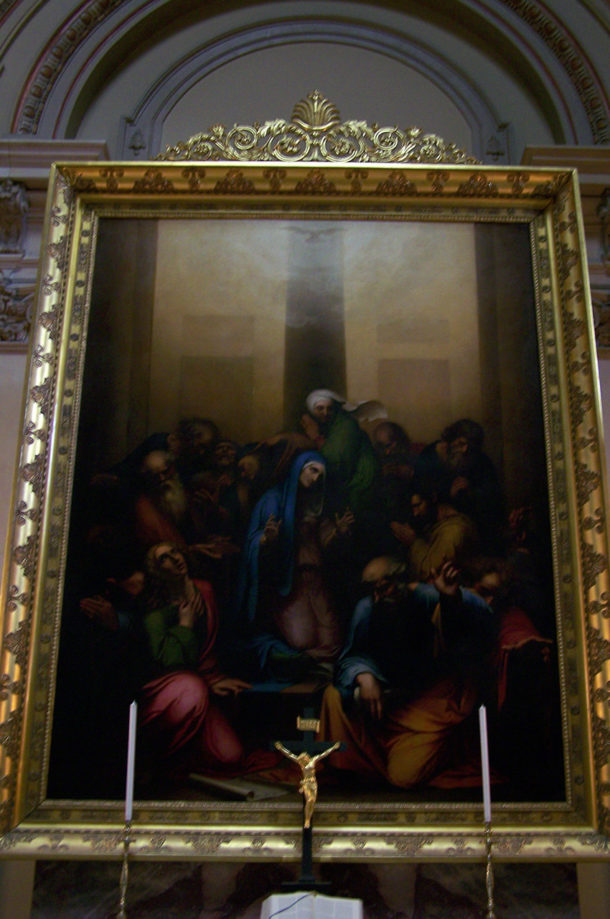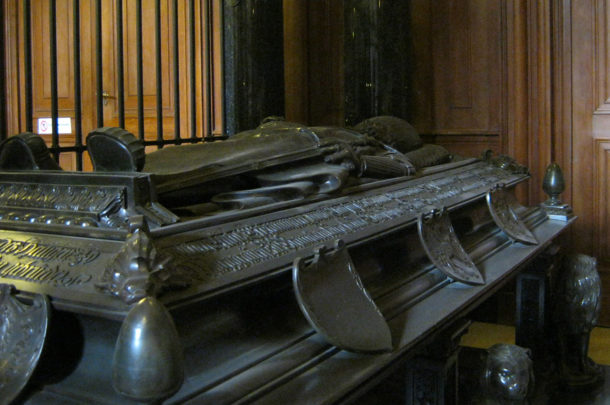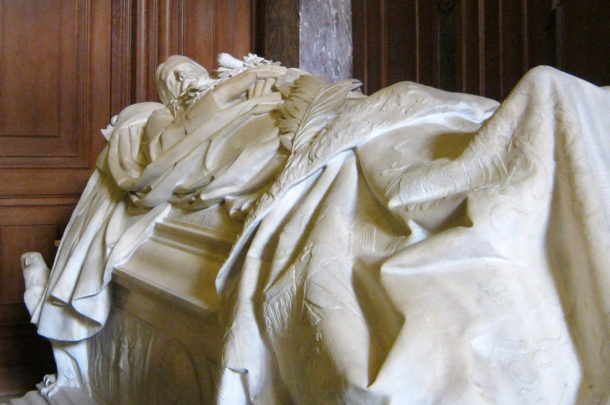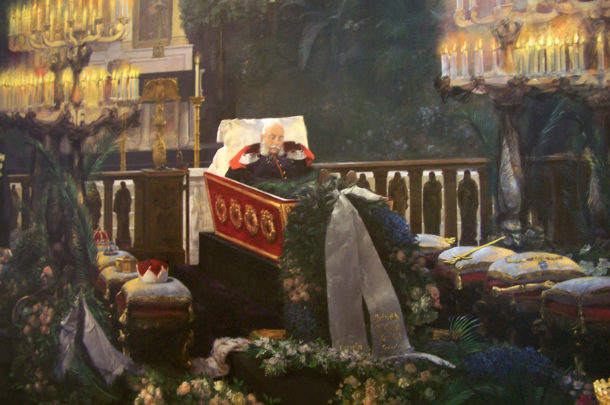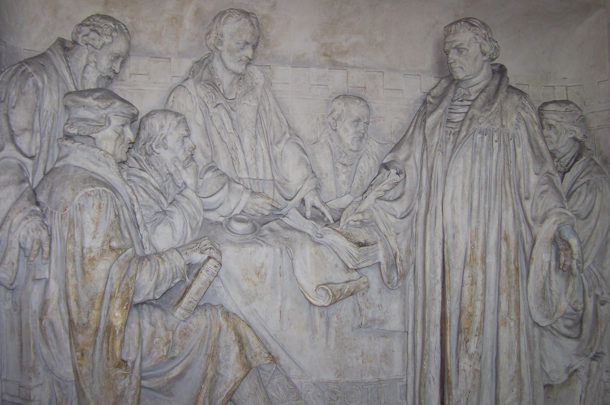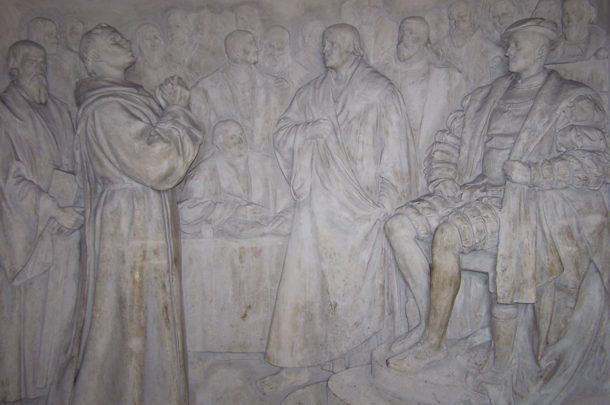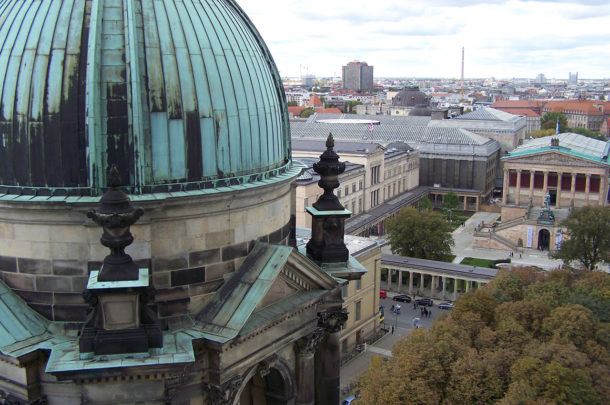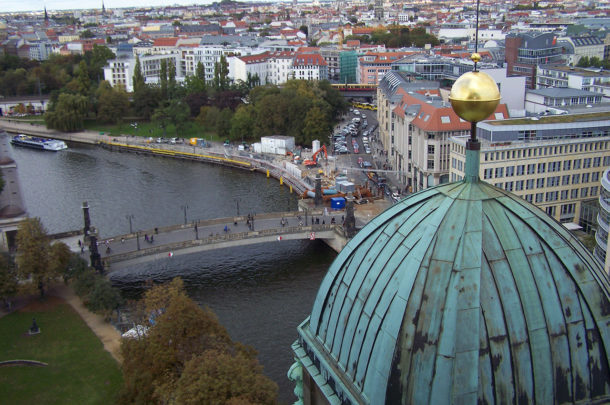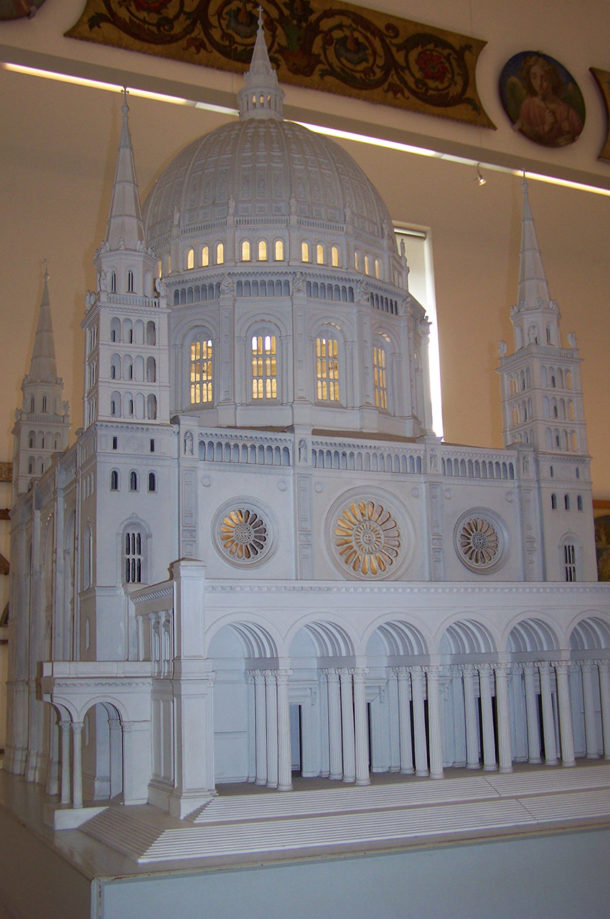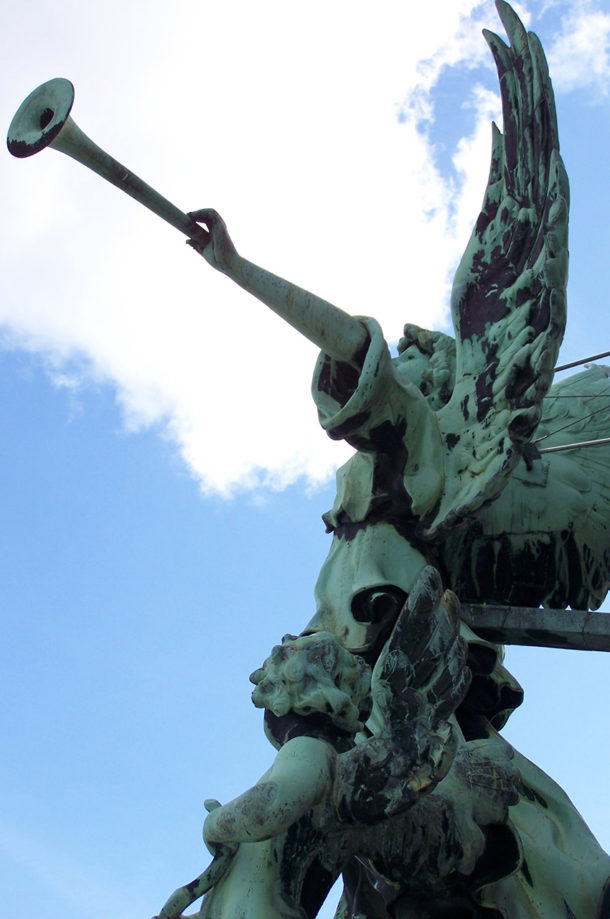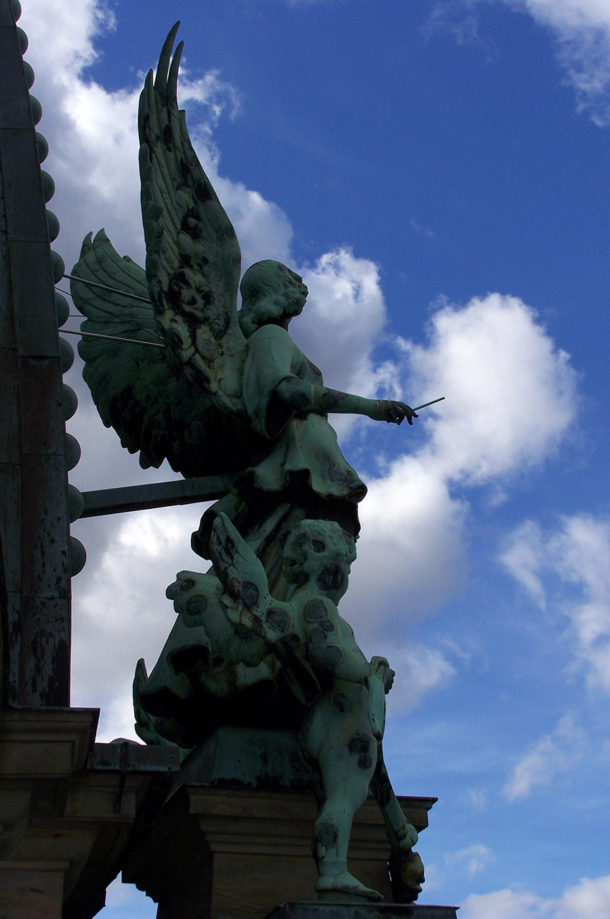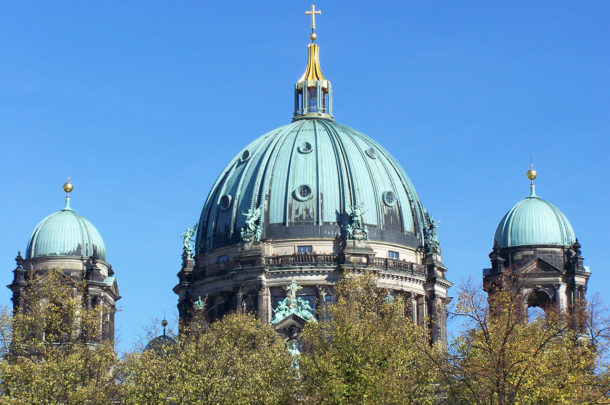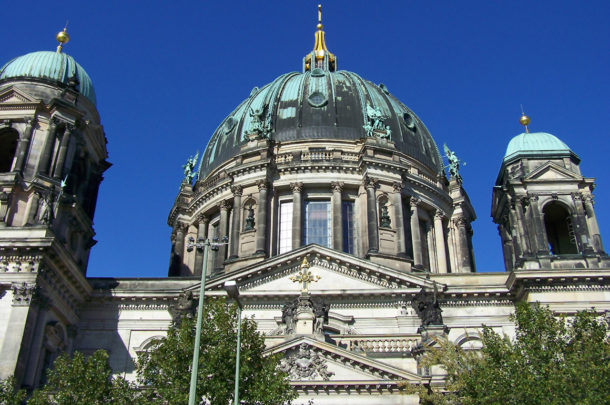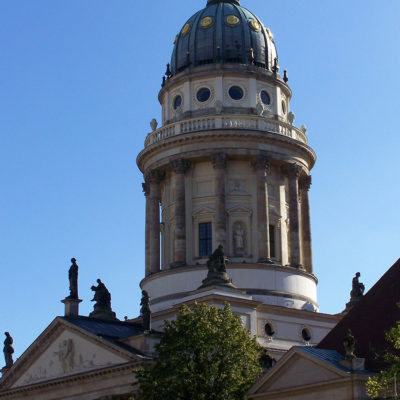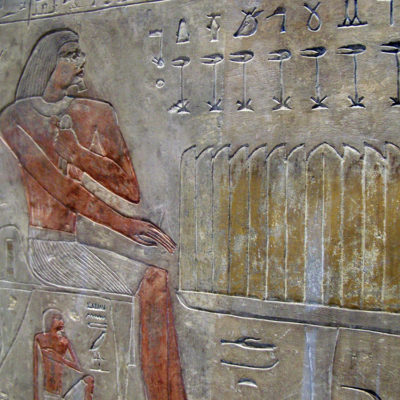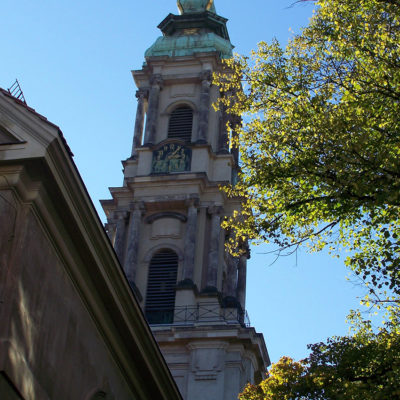
The Berliner Dom, dedicated to Protestant worship, was completed in 1905. The temple, often disparaged for its pomp, underwent a reconstruction of more than fifty years after the end of World War II. Emperor Wilhelm II, at the same time the supreme governor of the Evangelical Church in Prussia, wanted for his Protestant United Church a large cathedral-like building worthy of the grandeur of the imperial capital. He had it built on the site of the former upper parish and collegiate church building of the 18th century. Julius Carl Raschdorff was the master builder. Its construction was spread between 1894 and 1905.
The Neo-Renaissance style building has a length of 114 meters, with a width of 73 meters and a height of 116 meters. The central body is topped by an imposing dome; the space beneath it is dedicated to preaching. The south wing contains the Baptismal and Wedding chapel, while the north wing houses the funeral chapel. The crypt brings together nearly 95 sarcophagi, where members of the Hohenzollern dynasty are buried. The Berliner Dom containes two organs, one of which is an imposing four-manual, 113-stop instrument built by the Sauer firm in 1904.
The visit to the Berliner Dom was made on October 14, 2011.
Click on the picture to enlarge it and discover its caption.
